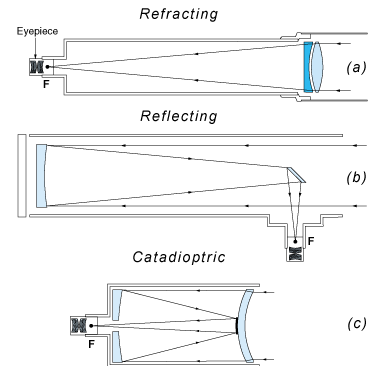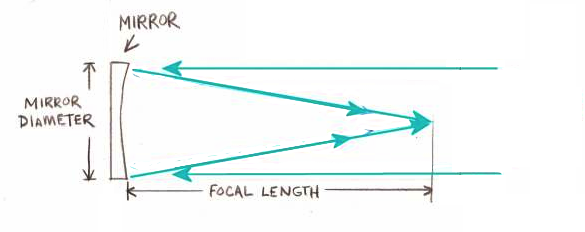Equipment Library
The Seattle Astronomical Society maintains a library of small and medium size telescopes that may be checked out by members in good standing. If you are new to astronomy, this is an excellent way to learn how to use a telescope and to begin viewing the wonders of the night sky, without having to invest immediately in a telescope of your own. To check out a telescope, please check out our equipment available for loan.
If you have any questions about borrowing equipment, or do not see a specific piece of equipment please reach out to our Equipment Manager.
See the complete equipment list in alphabetical order.
Keywords
You can narrow your search of our equipment library by selecting any one of the below keywords.
Astrophotography Beginner Binoculars Camera Imaging Intermediate Maksutov Newtonian Refractor Schmidt Cassegrain Visual
Search
All our equipment is currently on loan to other members.
Available Eventually
The following list of equipment is currently loaned out to a member, and may include other members waiting to also borrow.
-
Meade ETX-125

Currently there are 1 requests to borrow this.
5 Inch (127 mm) Maksutov-Cassegrain GoTo Telescope
The Meade ETX-125EC is a Maksutov-Cassegrain design that folds a long focal length (1900mm) into a relatively short optical tube. The optics are excellent and the Autostar computer provides GoTo operation. It can be pointed manually using the hand controller if you wish to avoid the Autostar setup procedure.
Note: The Meade ETX-125EC is an older scope and isn't as easy to use as many of today's scopes. It's mount lacks stability and users have reported that the telescope tends to bounce when touched, making it difficult to focus at high magnification,. That said, it has excellent optics and will provide good viewing if you are patient..
-
Orion StarMax 127 EQ

Currently there are 2 requests to borrow this.
5 Inch Maksutov-Cassegrain Telescope with Equatorial Mount.
The StarMax 127 telescope has a long focal length and is ideal for observation of the moon, planets, and double stars, and the 127 mm aperature is large enough for nice views of brighter deep sky objects. The equatorial mount makes it easier to track the moon and planets at high magnification, but can be confusing for beginners.
All our equipment is in good condition!
Telescope Types

What are those numbers?

The f-ratio is the focal length divided by the diameter of the telescope. Magnification is the focal length of the telescope divided by the focal length of the eyepiece.
Example
To find the f-ratio of a telescope 10 " in diameter with a 45" focal length:
Divide 45 " F.L. by10" D. to get an f-ratio of 4.5.
Compute Magnification
First, convert focal length to mm: 45" = 1146 mm, then:
1146 mm focal length divided by 35 mm eyepiece equals 33 magnification.
More Information
If you are interested in learning more about telescopes, we recommend:
- SAS member Sorin (aka Soggy Astronomer ) has written an article, The Agony of Buying Your First Telescope and also presented at our May 15, 2013 general meeting, which includes additional information and links.
- Sky & Telescope's excellent article on equipment basics
- North Ireland's Choosing A Telescope by Andrew Johnston





